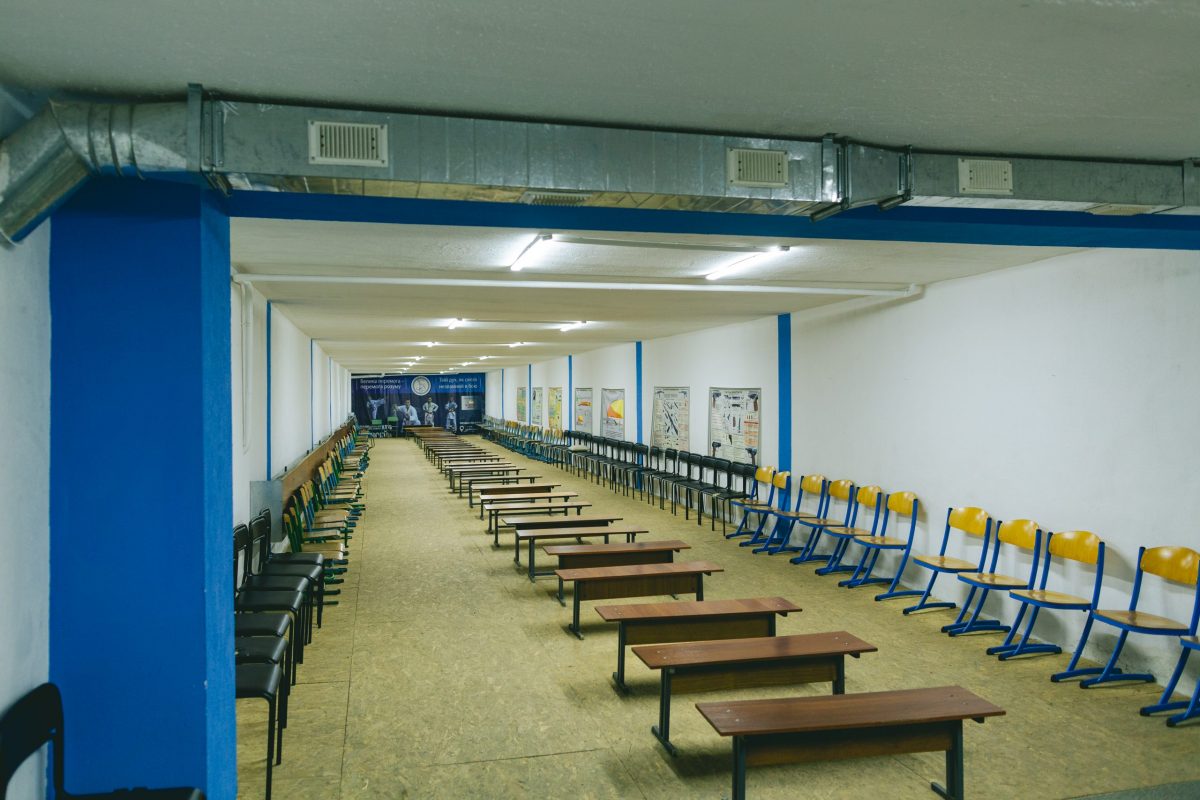Lawyer, graduated from the National University "Odesa Law Academy" with honors. Since 2017, I have been specializing in legal and educational and general legal issues. I am the author of legal articles, scientific publications and articles in the educational environment. Mentor of the "Veritas" legal clinic. The owner of the legal blog "Educational_law_ua" on Instagram.
Introduction
The safety of children and staff in educational institutions has always been a priority for the state, especially in conditions of increased danger, in particular during armed conflicts, terrorist threats and natural disasters. One of the key components of ensuring this security is the arrangement of shelters in schools and other educational institutions. In this article, we will consider the legal aspects of the organization of shelters, requirements for them, and responsibility for their absence or improper condition.
Regulatory and legal framework
Arrangement of shelters in educational institutions is regulated by a number of normative legal acts of Ukraine, including:
Constitution of Ukraine: The Basic Law of Ukraine guarantees everyone's right to safe living and health conditions.
Law of Ukraine "On Education": The law establishes basic requirements for educational institutions, including security issues.
Law of Ukraine "On Civil Protection": The law defines the legal and organizational principles of civil protection, including the protection of the population from emergency situations.
State Building Regulations (BRN): Regulations governing the construction and fit-out of buildings, including requirements for shelters.
Resolutions of the Cabinet of Ministers of Ukraine and orders of the Ministry of Education and Science of Ukraine: Documents specifying security requirements in educational institutions.
Requirements for shelters
The main requirements for shelters in educational institutions include:
Location and Accessibility: Shelters should be located so that they can be quickly accessed from anywhere in the facility. It is important that they are located within the building or on the adjacent territory.
Capacity: Shelters must accommodate all students and staff of the institution.The area is calculated taking into account the number of people who can be in the facility at the same time.
Equipment: Shelters must be equipped with everything necessary for a temporary stay, including:
seats (benches or chairs);
ventilation;
lighting (preferably autonomous);
water and food supplies;
medical devices;
means of communication (radio, telephones).
Safety and security: Shelter structures must provide reliable protection against possible threats such as explosions, fires, chemical releases, etc.
Marking: Shelters should be clearly marked, and the ways to them should be marked with signs that are easy to read and understand even in a stressful situation.
Organizational measures
To ensure the appropriate level of readiness of shelters, it is necessary to perform the following organizational measures:
Regular inspections and maintenance: Shelters should be regularly inspected for compliance and in good condition. Any faults must be rectified immediately.
Training and briefings: Institutional staff and students must undergo regular training and briefings on the rules of behavior in emergency situations and the use of shelters.
Evacuation plan: Each educational institution must have a developed and approved evacuation plan that provides for a quick and safe movement to shelters.
Liability for violations
Heads of educational institutions are responsible for arranging and maintaining shelters in proper condition.In case of violation of the requirements of the law, administrative and criminal liability is provided:
Administrative liability: Fines and other administrative sanctions may be imposed on managers of establishments that have not ensured an adequate level of security.
Criminal liability: In cases where violations of safety requirements have led to serious consequences, criminal liability is possible.
Conclusion
The legal analysis of the situation and the analysis of the documents of the current legislation establishes that ensuring security in educational institutions is an important aspect that requires constant attention and control. This written consultation lawyer's consultation indicates that the arrangement of shelters and their proper maintenance is not only a legal requirement, but also a moral obligation to children, their parents and employees of educational institutions. Timely and high-quality implementation of all necessary measures will help save the life and health of many people in the event of an emergency.

































